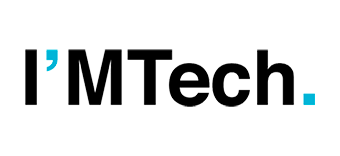The virtualization of optical networks to support… 5G
Mobile networks are not entirely wireless. They also rely on a network of optical fibers, which connect antennas to the core network, among other things. With the arrival of 5G, optical networks must be able to keep up with the ramping up of the rest of the mobile network to ensure the promised quality of […]

